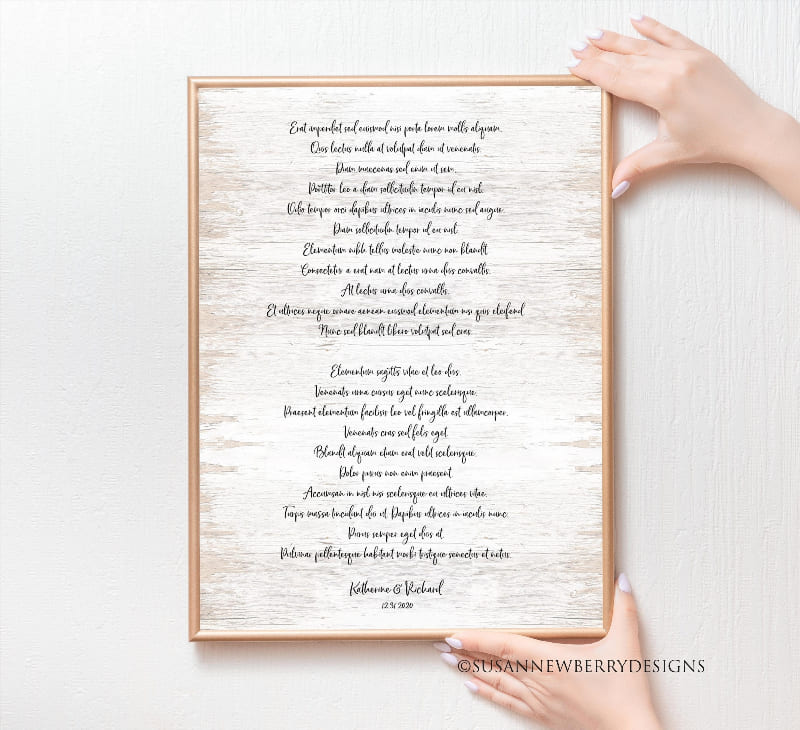
Understanding Praesent Convallis Nunc

Have you ever stumbled upon the term “Praesent Convallis Nunc”? If you’re scratching your head trying to decipher its meaning, you’re not alone. This intriguing phrase is steeped in mystery, leaving many curious souls hunting for its essence. But fret not, as today, we’re diving deep into its myriad facets, specifically its connection to “molestie” and “sagittis.”
The Historical Context
It’s always a hoot to travel back in time and understand the origins of words and phrases. Here, the Latin root of “Praesent Convallis Nunc” suggests its historical connections. Latin, often referred to as the ‘mother of modern languages’, is chock-full of treasures. While many might know “Carpe Diem” and “Caveat Emptor,” our term of the day is a less-explored gem.
There’s some speculation—though don’t take this as gospel—that this term might’ve been used in medieval Latin scripts. During those times, sagittis, meaning arrows, played a pivotal role. Imagine a scene where knights gallantly defended their territories, arrows flying and flags fluttering. Romantic, isn’t it?
Molestie: More Than Meets the Eye
Now, here’s the twist in our tale. “Molestie” might ring a bell for many, hinting at its broader applications. In Latin, it means ‘annoyances’ or ‘troubles.’ Life, as we know, is a mixed bag. There are times when we’re walking on cloud nine, and then there are those moments when it feels like we’ve stepped on a Lego brick, metaphorically speaking, of course.
Historical records suggest that “molestie” was frequently used in ancient texts to depict challenges. Imagine a Roman merchant, navigating the tumultuous seas, facing the molestie of pirates or unfavorable weather. Such instances shed light on the practical use of the term in day-to-day life.
Sagittis: An Arrow to the Heart
What’s life without a bit of drama? And “sagittis” adds that dash of flair. Directly translated, it means ‘arrow.’ But hold your horses; it’s not just any arrow. The term embodies precision, direction, and intent.
In medieval folklore, arrows represented a multitude of things—love, ambition, danger. Think of Cupid’s arrow, leading lovers astray, or warriors brandishing arrows as tokens of valor. The symbolism is both fascinating and diverse.
The Modern Implications of Praesent Convallis Nunc

Fast forward to the present, and “Praesent Convallis Nunc” has evolved, much like a butterfly emerging from its chrysalis. While its Latin roots remain entrenched, its contemporary interpretations are manifold.
Navigating Today’s World
In the hustle and bustle of the 21st century, one can draw parallels between the ancient challenges (molestie) and today’s hurdles. Whether it’s the relentless pace of technology or the ever-shifting sands of geopolitics, we’re all navigating our unique set of arrows (sagittis) that target our peace and sanity.
Remember the last time your smartphone acted up just before an important call? Or when you missed the bus by a whisker? Modern-day molestie, right there!
Embracing the Sagittis
While challenges are inevitable, the arrows we hold in our quiver define us. It’s the choices we make, the battles we pick, and the paths we tread. Drawing inspiration from sagittis, we can aim for precision, drive, and passion in our pursuits.
Ever heard of the phrase “straight as an arrow”? It epitomizes honesty, directness, and clarity. And in today’s complex world, these virtues are worth their weight in gold.
Drawing Parallels: Praesent Convallis Nunc in Art and Culture
Arts and literature are a mirror to society, reflecting its mores, ethos, and nuances. “Praesent Convallis Nunc,” with its rich tapestry of meanings, finds echoes in various artistic expressions.
The Silver Screen Saga
Movies, a potent medium of storytelling, often weave narratives around challenges (molestie) and ambitions (sagittis). Think of epics where protagonists overcome gargantuan hurdles, their journeys reminiscent of the essence of Praesent Convallis Nunc.
Literature: A Melting Pot
Literary works, from sonnets to novels, encapsulate the human experience. And what’s more human than facing troubles and aiming high? Countless authors have danced around themes that resonate with the spirit of Praesent Convallis Nunc.
To borrow a quote from the Internet, “Literature is the art of discovering something extraordinary about ordinary people, and saying with ordinary words something extraordinary.”
So, What’s Next for Praesent Convallis Nunc?
Predicting the future is a mug’s game. Yet, as we hurtle forward, the essence of “Praesent Convallis Nunc” is bound to evolve. It might take on new shades of meaning, adapt to novel contexts, or even inspire a movement.
But one thing’s for certain: its historical richness, interwoven with tales of challenges and ambitions, ensures that it’ll never fade into obscurity. In fact, just like fine wine, it might just get better with time. Cheers to that!






